In this book, Goswami presents a comprehensive and critical study of different motifs, their design principles, significances of using certain motifs like floral, fauna, having geometrical and auspicious sognificance. Further, it discusses the role played by these motifs in the socio-cultural phenomenon and transition. The elements of art, design, technique, and method employed are well analyzed, reviewed and also re-evaluated the motifs and the reason for their depiction in Fatehpur Sikri evolved during the Mughal period and focuses on the aesthetic value of the monuments. It also critically examines the stylistic changes and development during the different periods of the six Great Mughal emperors, i.e.Babur, Humayun, Akbar, Jahangir, Shah Jahan and Aurangzeb. This book is chiefly devoted to highlighting the great potentials of Mughal sensibility and presents entirely new aspects of the critical analysis of the motifs of the Fatehpur Sikri, its glory as unmatched traditional art form as an architectural marvels.
The work is lavishly illustrated focusing different motifs depicted in the Mughal Monuments which immortalizes the visible symbols of their splendour, nurturing cultural harmony in art and architecture through their great engineering feat and humanitarian approaches.

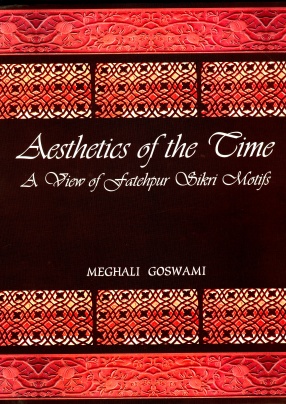

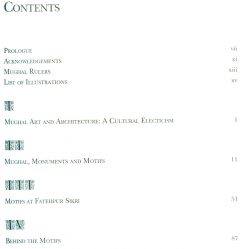
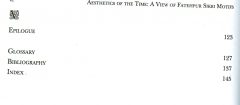
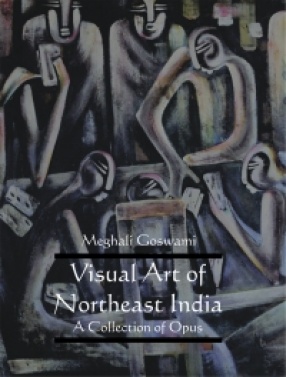

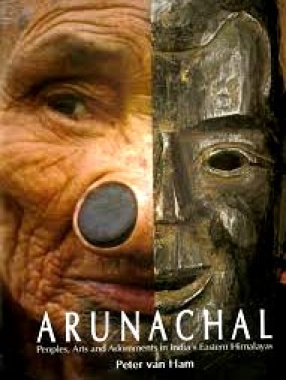
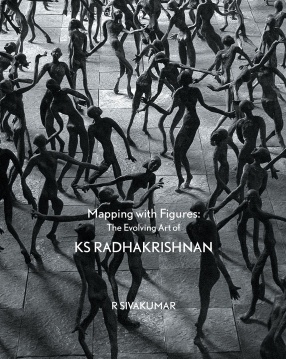

There are no reviews yet.